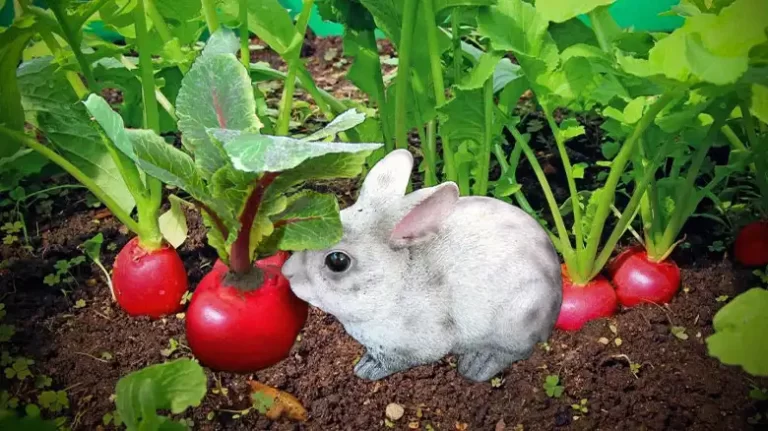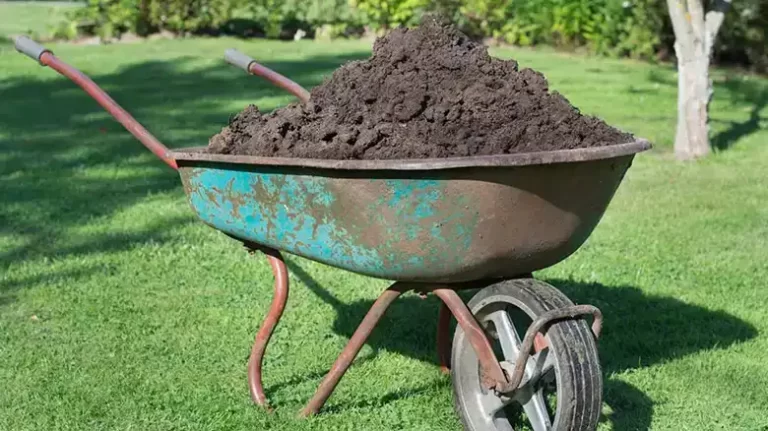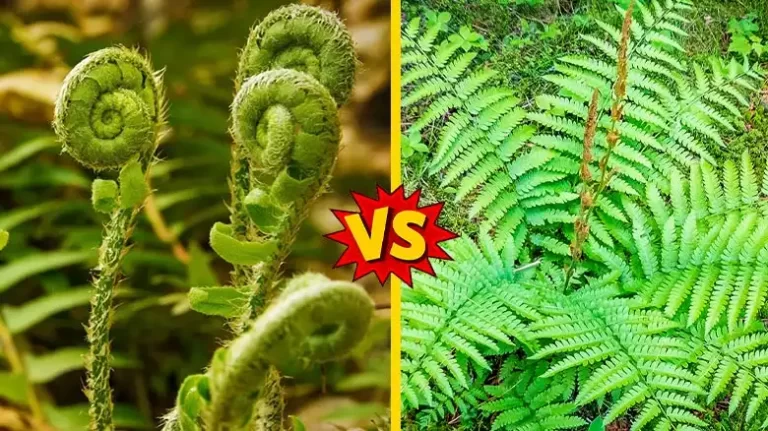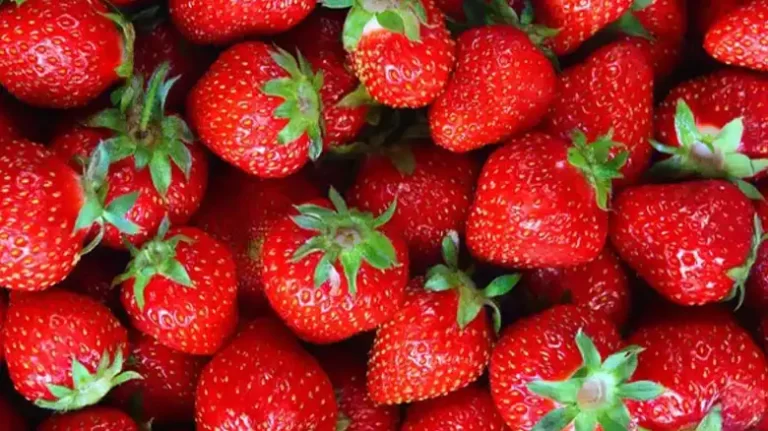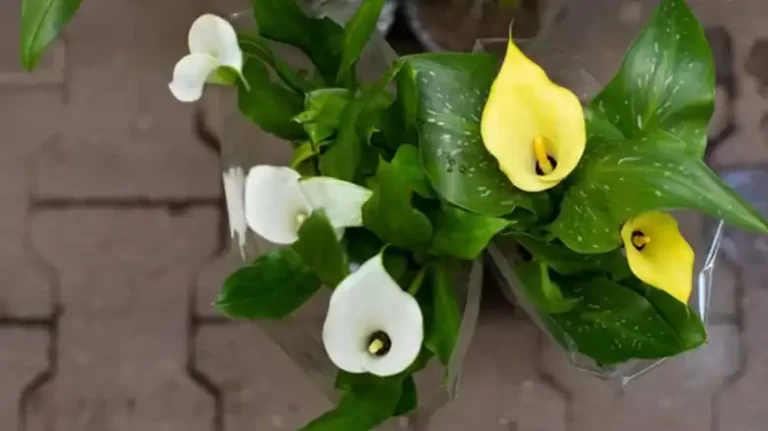Why Is My Bonsai Turning Yellow
When it comes to nurturing the miniature marvel that is your bonsai tree, every leaf, every branch, and every shade of green matters. So, when you notice your bonsai leaves adopting a less vibrant hue, it’s only natural to become concerned.
In this comprehensive guide, we’ll explore the intricate world of bonsai care and unveil the mysteries behind why your cherished bonsai may be turning yellow.
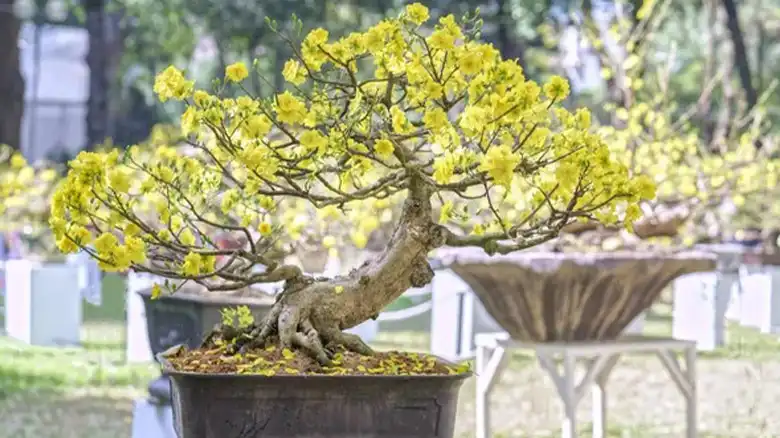
Common Causes of Yellowing Bonsai Leaves
Bonsai trees are a living art form, requiring meticulous care and attention. One of the most concerning issues a bonsai owner can face is the yellowing of its leaves. This article will delve into the common causes behind this phenomenon, helping you understand and address the problem effectively.
1. Nutrient Deficiencies: Hunger for Essential Elements
Nutrient deficiencies are a leading cause of yellowing leaves in bonsai trees. Just like any other plant, bonsai trees need essential nutrients to thrive. When they lack vital elements such as nitrogen, iron, or potassium, their leaves start to lose their lush green color. Recognizing these deficiencies and providing the right nutrients is key to restoring your bonsai’s vibrancy.
2. Overwatering: Drowning in Care
Overenthusiastic watering can lead to waterlogged soil and root rot in your bonsai. When the roots suffocate due to excessive moisture, the leaves show their distress by turning yellow. Finding the right balance in your watering routine and ensuring proper drainage are vital steps in preventing this issue.
3. Underwatering: Thirsty and Wilting
On the contrary, underwatering your bonsai can be equally detrimental. When the soil becomes too dry, the roots struggle to absorb water, causing the leaves to wilt and turn yellow. Maintaining a consistent watering schedule and keeping an eye on soil moisture can help you avoid this problem.
4. Pests and Diseases: Silent Invaders
Pests and diseases can silently invade your bonsai, causing the leaves to yellow as they sap the plant’s vitality. Aphids, mites, and scale insects are common culprits, leaving behind a trail of damage. Proper pest management and regular inspections are crucial for keeping your bonsai healthy.
5. Environmental Stress: Nature’s Impact
Bonsai trees are sensitive to their environment. Changes in sunlight exposure, temperature fluctuations, or drafts can induce stress, leading to yellowing leaves. Understanding your bonsai’s specific needs and providing a stable environment can help it thrive.
6. Soil pH Imbalance: Unlocking the Soil Secret
The pH level of your bonsai’s soil can also affect leaf color. Some species prefer acidic soil, while others thrive in alkaline conditions. An improper pH balance can hinder nutrient absorption, causing yellowing leaves. Regular soil testing and adjustments are essential for a healthy bonsai.
Diagnosing the Yellowing Problem
When you’re a devoted bonsai enthusiast, the sight of yellowing leaves on your beloved miniature tree can be quite distressing. However, before you start to panic, it’s essential to understand that yellowing leaves are a common issue that bonsai owners encounter.
In this section, we’ll delve into the usual suspects behind this problem, shedding light on why your bonsai’s leaves might be losing their vibrant green color.
Nutrient Deficiencies: Hungry for More
One of the primary reasons your bonsai’s leaves may turn yellow is nutrient deficiencies. Just like any other plant, bonsai trees require a balanced diet of essential nutrients to thrive. When they don’t get what they need, it becomes evident through the discoloration of their leaves.
Elements like iron, manganese, and zinc play a crucial role in maintaining the lush green hue of your bonsai’s foliage.
Overwatering: Drowning in Kindness
Overzealous watering is another common culprit behind yellowing bonsai leaves. Bonsai, being smaller than traditional trees, are more sensitive to waterlogged soil. When their roots suffocate due to excess moisture, it can lead to root rot. This, in turn, affects the tree’s ability to absorb nutrients, causing the leaves to turn yellow.
Underwatering: Thirsty for Attention
On the flip side, not providing enough water to your bonsai can also lead to yellowing leaves. When the soil dries out, the tree’s roots struggle to draw moisture and nutrients. This results in leaves that become dry, brittle, and eventually take on a yellowish hue as they cry out for hydration.
Pests and Diseases: Uninvited Troublemakers
Pests and diseases are unwelcome guests in the world of bonsai. They can wreak havoc on your meticulously nurtured tree, causing leaves to yellow as a sign of distress. Common pests like aphids, spider mites, and scale insects can pierce the leaves and sap their vitality.
Additionally, fungal and bacterial diseases like root rot and leaf spot can compromise your bonsai’s overall health, leading to discolored leaves.
Environmental Stress: Nature’s Challenges
Your bonsai’s environment plays a pivotal role in its well-being. Factors like sunlight exposure and temperature fluctuations can induce stress, leading to yellowing leaves. Sunburn, for instance, can result in yellow patches on the foliage, while sudden cold spells can cause the leaves to lose their vibrancy.
Understanding and managing these environmental factors is crucial to maintaining the health of your bonsai.
Remedies and Solutions
Bonsai trees are a symbol of patience, dedication, and the art of nurturing miniature beauty. However, even the most seasoned bonsai enthusiasts can encounter the frustrating issue of yellowing leaves. When your cherished bonsai starts to lose its vibrant green color, it’s essential to understand the common causes behind this phenomenon.
Nutrient Deficiencies: A Starvation Cry
Nutrient deficiencies are a leading cause of yellowing leaves in bonsai trees. Just like humans need a balanced diet, bonsai trees require essential nutrients to thrive. When these nutrients, such as iron, manganese, and zinc, become scarce, the leaves begin to exhibit signs of distress. This can manifest as a gradual yellowing of the leaves, particularly along the veins or at the tips.
Remedies
- Fertilization: Providing a balanced, bonsai-specific fertilizer can help correct nutrient deficiencies.
- Micronutrient Supplements: In severe cases, applying micronutrient supplements can quickly address the issue.
Overwatering: Drowning in Care
Overwatering is a common mistake made by well-meaning bonsai owners. Bonsai trees, due to their compact size, are more susceptible to the adverse effects of excess moisture. When the roots are constantly submerged, they struggle to breathe, leading to root rot. The consequence of this overzealous care is often seen as yellowing leaves and an overall sickly appearance.
Remedies:
- Adjusting Watering Frequency: Allow the soil to dry slightly between watering to prevent overwatering.
- Improving Drainage: Ensure your bonsai pot has proper drainage holes to avoid water accumulation.
Underwatering: The Parched Plea
On the flip side, underwatering can also cause yellowing leaves. When your bonsai doesn’t receive enough water, it struggles to sustain its foliage. This can result in leaves becoming brittle, edges turning brown, and a pervasive yellowish tint.
Remedies:
- Establishing a Consistent Watering Schedule: Ensure your bonsai receives adequate hydration at regular intervals.
- Checking Soil Moisture: Use the “finger test” to assess the soil’s moisture level before watering.
Pests and Diseases: Unwanted Guests
Pests and diseases can invade even the most carefully tended bonsai. Common culprits include aphids, spider mites, scale insects, as well as fungal and bacterial diseases. These invaders pierce the leaves, extracting vital nutrients and leaving behind a trail of damage, often seen as yellow spots or discoloration.
Remedies:
- Natural Pest Control: Consider using neem oil or introducing beneficial predators like ladybugs.
- Pruning Affected Areas: Remove heavily infested leaves and branches to prevent the spread of pests and diseases.
Environmental Stress: Nature’s Whims
Bonsai trees are sensitive to their surroundings. Changes in sunlight exposure, temperature fluctuations, or sudden environmental stressors can impact their health. Sunburn, for instance, can cause leaves to develop yellow patches, while cold spells can lead to overall dullness.
Remedies:
- Optimizing Light Exposure: Ensure your bonsai receives the appropriate amount of sunlight for its species.
- Temperature Control: Protect your bonsai from extreme temperature shifts or frost.
Preventing Yellowing in the Future
As bonsai enthusiasts, we’re invested in the health and vibrancy of our miniature masterpieces. After addressing the common causes of yellowing bonsai leaves, it’s equally essential to understand how to prevent this issue from recurring.
Maintain a Regular Care Routine
Consistency is key in bonsai care. By establishing a regular care routine, you’ll create a stable environment that promotes the overall health of your bonsai tree. This routine should include:
Watering Schedule: Set a consistent watering schedule that suits your bonsai’s species and climate. Stick to it diligently, ensuring your tree receives the right amount of moisture.
Fertilization: Apply the appropriate fertilizer at the recommended intervals. This provides your bonsai with essential nutrients for sustained growth and vibrant foliage.
Pruning and Trimming: Regularly inspect and prune your bonsai to maintain its desired shape and encourage new growth. Removing yellowing or diseased leaves promptly can prevent the issue from spreading.
Monitor Soil Conditions
The soil in which your bonsai is planted plays a crucial role in its health. To prevent yellowing leaves, pay close attention to soil conditions:
Soil pH: Different bonsai species have varying pH preferences. Periodically test the soil’s acidity or alkalinity and adjust it to meet your tree’s specific requirements.
Drainage: Ensure your bonsai pot has proper drainage holes. Adequate drainage is vital to prevent overwatering and root rot, which can cause yellowing leaves.
Repotting: Repot your bonsai as needed, typically every 2-3 years, to refresh the soil and root system. This helps maintain a healthy growing environment.
Implement Pest Prevention Measures
Preventing pests from infesting your bonsai is crucial to its well-being. Adopt preventive measures to safeguard against common intruders:
Neem Oil Application: Regularly apply neem oil or a similar natural pest repellent to deter common bonsai pests like aphids and spider mites.
Beneficial Predators: Introduce beneficial predators, such as ladybugs, to your bonsai’s environment. These natural predators can help keep pest populations in check.
Adapt to Seasonal Changes
Bonsai trees, like all living organisms, respond to seasonal changes. To ensure your bonsai remains healthy year-round:
Seasonal Placement: Adjust the placement of your bonsai based on the season. In hotter months, provide partial shade to prevent sunburn. During winter, protect your bonsai from frosty conditions.
Seasonal Care: Modify your care routine as seasons shift. Reduce watering during colder months and increase it during the growing season.
Related Questions
Can I Use Regular Houseplant Fertilizer for My Bonsai?
Yes, you can use regular houseplant fertilizer for your bonsai, but with a few caveats. Bonsai trees have specific nutrient requirements that may differ from typical houseplants. It’s essential to choose a balanced, slow-release, or liquid fertilizer that is suitable for bonsai.
Is It Normal for Bonsai Leaves to Change Color With the Seasons?
Yes, it’s entirely normal for bonsai leaves to change color with the seasons. Many bonsai species undergo seasonal changes in leaf color as part of their natural growth cycle. For example, deciduous bonsai trees may display vibrant green leaves in spring and summer, which transition to shades of yellow, orange, or red in the fall before eventually dropping off in winter.
How Can I Tell if My Bonsai Is Overwatered or Underwatered?
Distinguishing between overwatering and underwatering in your bonsai is crucial to its health. Here’s how to tell the difference:
Overwatering:
- Soil is consistently wet or waterlogged.
- The bonsai may exhibit root rot, with dark, mushy roots.
- Leaves turn yellow, often uniformly, and may drop prematurely.
- The soil might emit a foul, stagnant odor.
Underwatering:
- Soil dries out too quickly between waterings.
- Leaves become dry, brittle, and may appear scorched or brown at the edges.
- The bonsai may wilt, and the soil feels dry to the touch.
- Underwatered bonsai may also drop leaves as a survival mechanism.
What Is the Best Time to Repot a Bonsai With Yellowing Leaves?
The best time to repot a bonsai with yellowing leaves depends on several factors, including the bonsai species and its specific condition. However, a general guideline is to repot during the tree’s dormant season, which varies among different species.
For deciduous bonsai, late winter or early spring, just before the tree begins its new growth in the spring, is often the ideal time for repotting. This allows the bonsai to recover and establish itself in fresh soil before the growing season begins.
Final Thoughts
Your bonsai turning yellow is not a cause for despair but an opportunity to deepen your connection with this captivating art form. Remember, the journey of bonsai care is as rewarding as the breathtaking results it yields.
By understanding the various factors that contribute to leaf discoloration and implementing the appropriate remedies and preventive measures, you can ensure that your miniature masterpiece remains a symbol of vitality and beauty, enriching your life for years to come.

